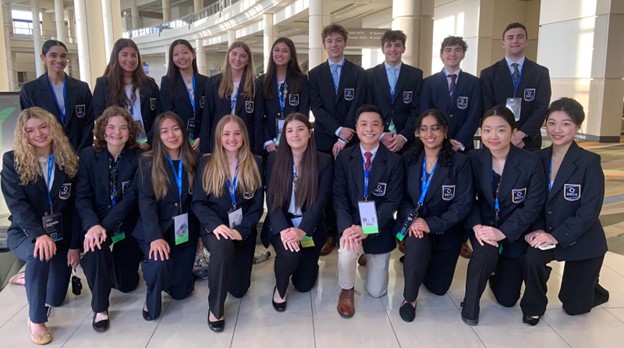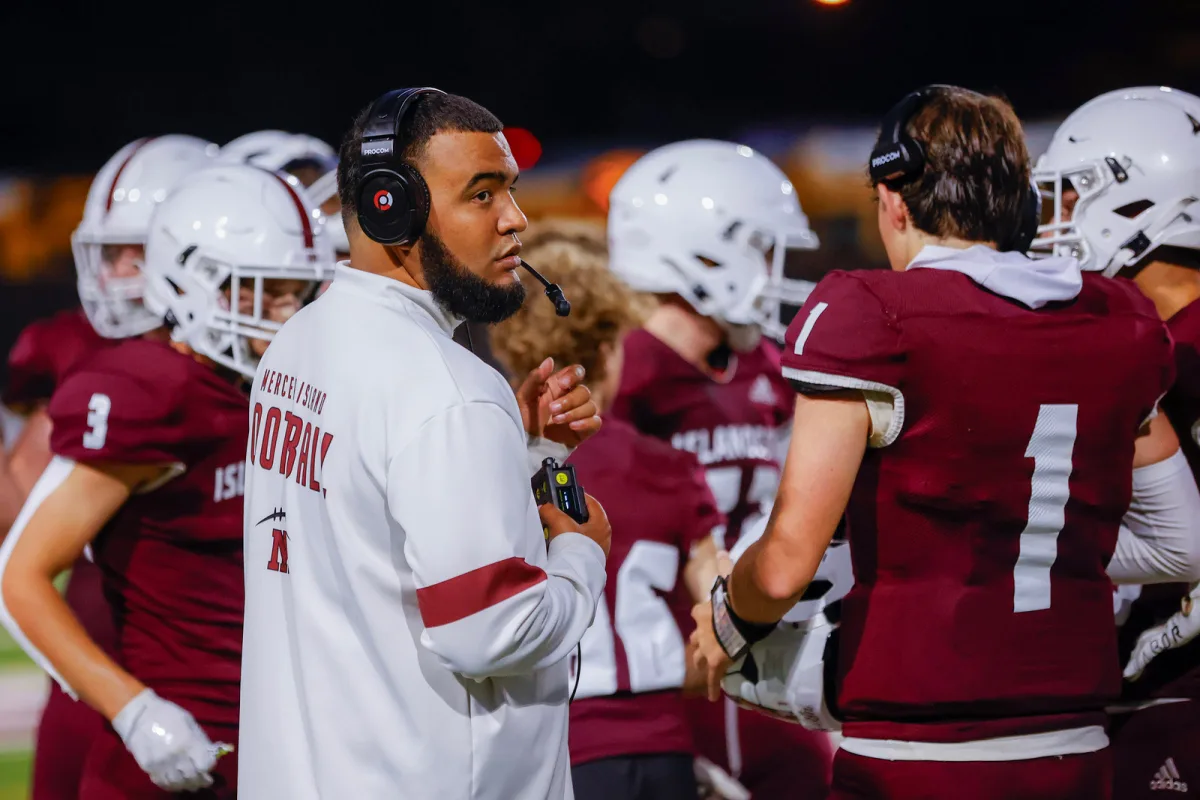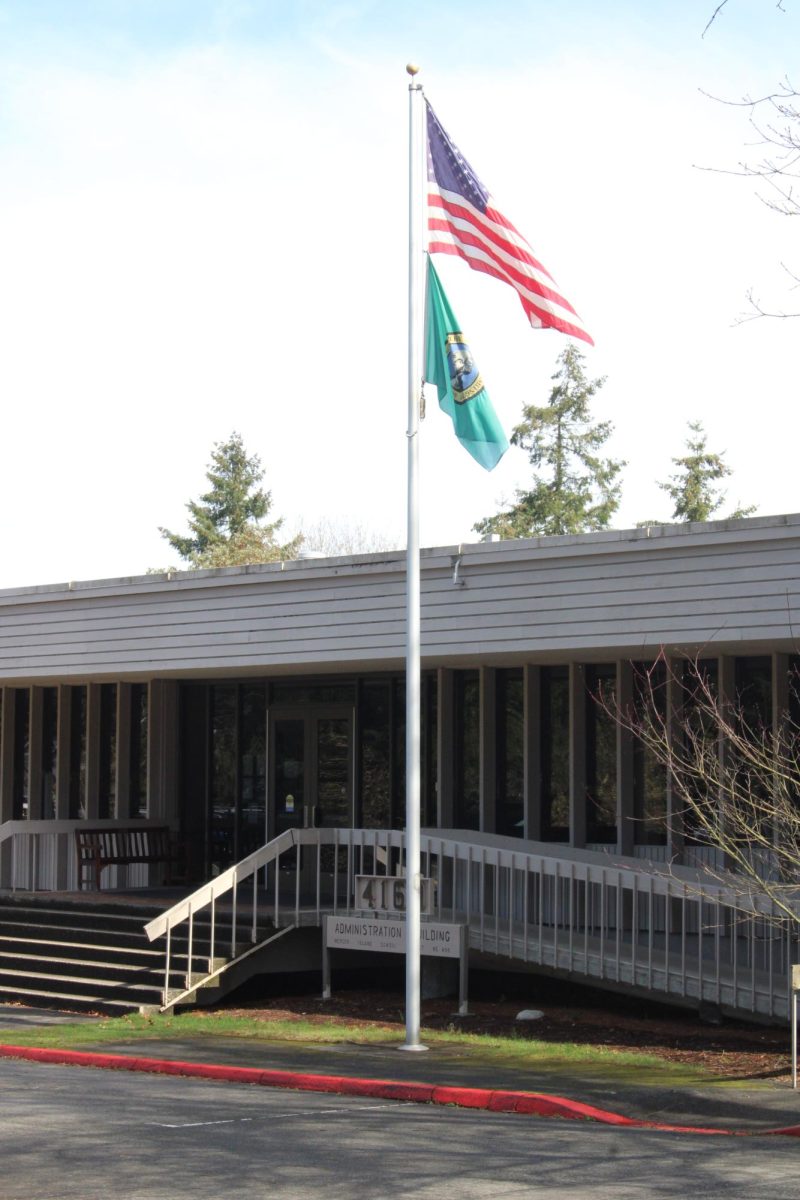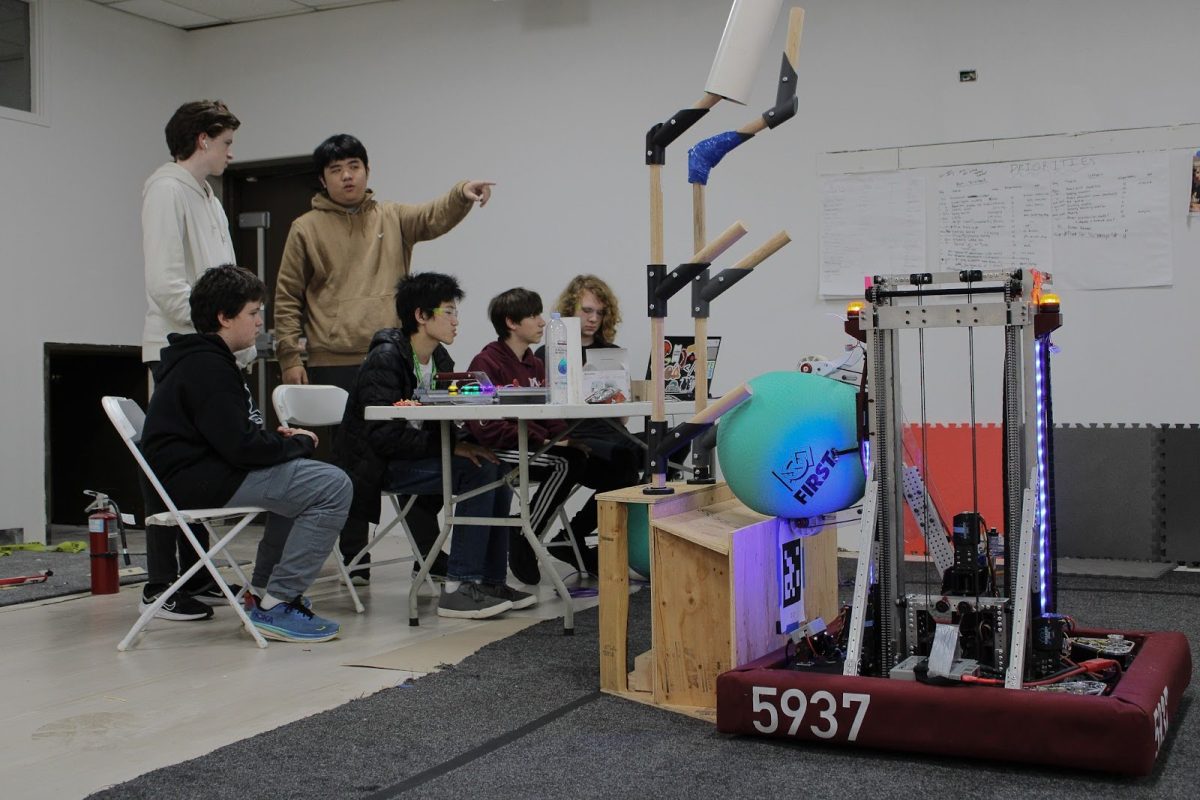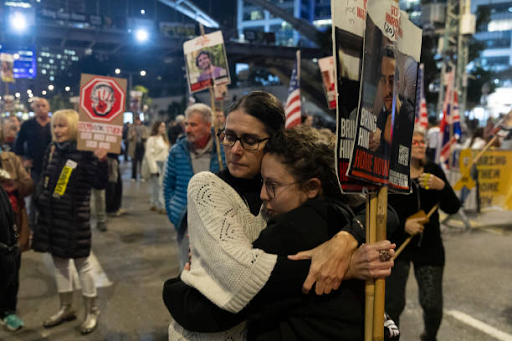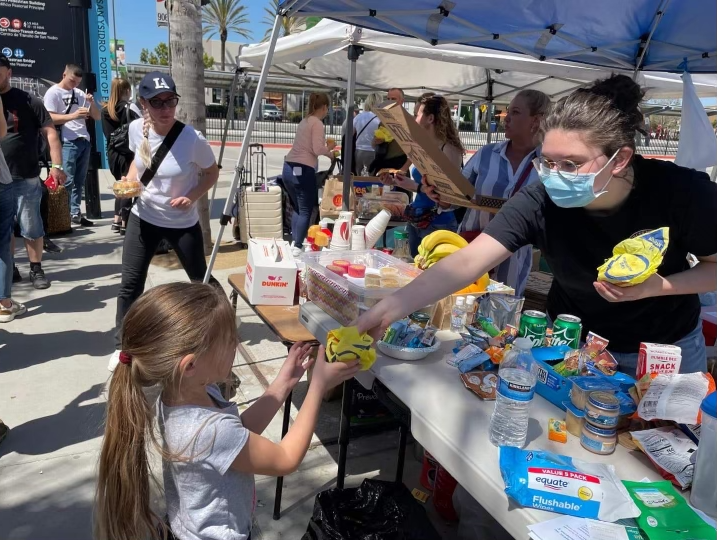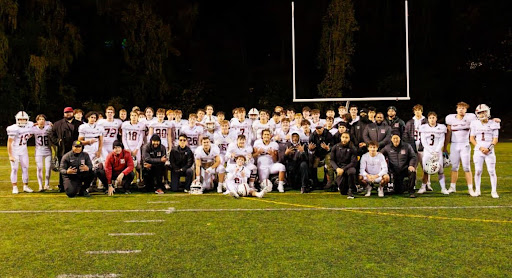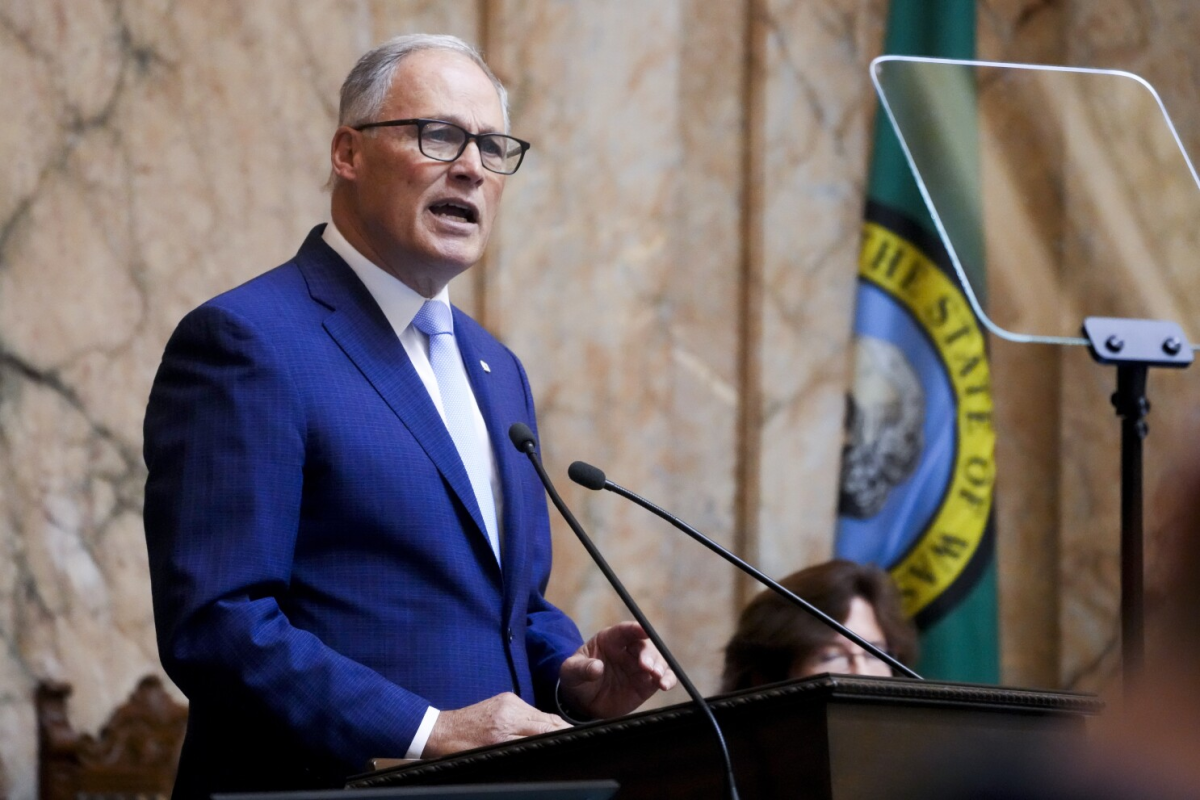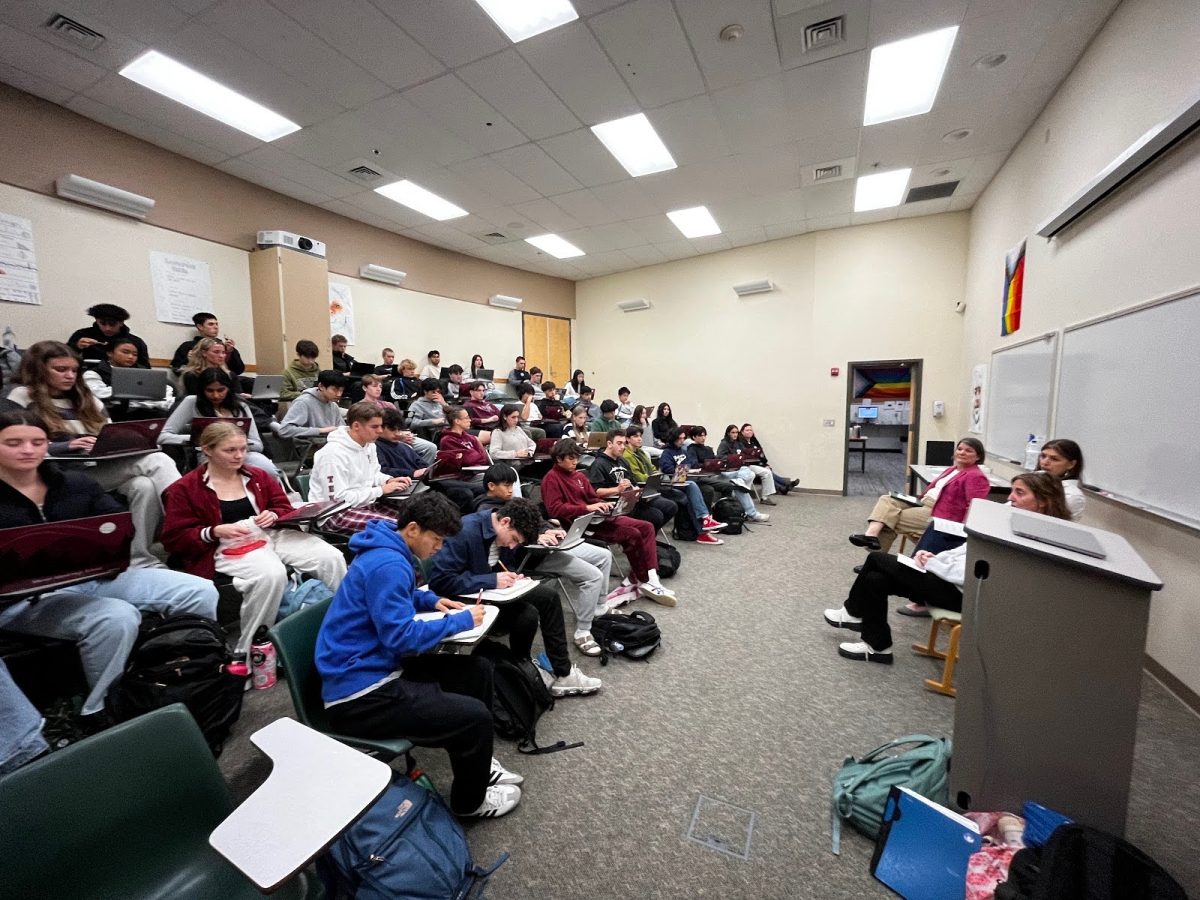
In 2020, ‘school safety’ evokes images of masks and diligent sanitizing. But when students finally return to brick-and-mortar schooling, another recent issue, the movement to reform policing in America, will be on the mind of many students as they ask whether schools should be policed.
School Resource Officer (SRO) programs vary across the country, but they generally consist of a partnership between a school district and local police departments. According to OSPI, the official purpose of an SRO is to promote positive role models and inform students of laws regarding drug and alcohol use.
However, recent protests against police brutality from Black Lives Matter groups have identified police presence as an area of danger for young students. Across the country, footage of school officers abusing power have gone viral, one being a 2015 incident from Columbia, South Carolina in which a 16-year-old was slammed to the ground by an officer for being on her phone during math class. Additionally, an Education Week Research Center investigation found that in 43 states, Black students were more likely to be arrested than other students at school, regardless of the number of infractions committed by this group.
MISD’s School Resource Officer program began 1996, and MIPD currently employs a full-time armed officer to serve as a liaison between the police department and the high school.
MIHS Administrators said there have been no reported complaints about the SRO program.
“In my career, I haven’t had students express that they are uncomfortable with the presence of an SRO,” MIHS associate principal Nick Wold said.
However, an MIHS Journalism survey, which received 39 responses found that 10 students (24%) said they “disagree[d]” with the statement “I feel that the presence of an armed SRO positively impacts my level of safety at school.”
An SRO has the power to both enhance and diminish feelings of safety at school – feeling safe is dependent on an individual’s association with the position. For some, an armed officer is reassuring in case of emergency, while for others law enforcement, especially when armed, is threatening. In fact, of the 39 students in the aforementioned survey, 18 “agree[d]” while 10 “disagree[d]” with the statement, “I feel that the presence of an armed SRO positively impacts my level of safety at school.” Of the 18 students who agreed, 12 of these students specifically attributed this feeling of security to an SRO’s role in the event of school shootings or other similar emergency situations.
Especially with extensive news coverage of school shootings, which came to the national forefront in the ‘90s, many school districts have upped their security. Thus, the prevalence of SROs, as well as both negative and positive associations with the role, have greatly increased. In fact, between 1999 and 2015, the percentage of students with an SRO in their school increased from 54% to 70% nationwide.
Superintendent Donna Colosky recalled that after the mass shooting in Parkland, Fla. 2018, she received calls from concerned parents who urged an increased police presence – many asked for one stationed at each MISD school.
In a Washington Post investigation examining 197 instances of school shootings since 1999, an SRO successfully intervened to stop the school shooter in only one instance. Since the article, there have been two more such instances. The extent to which SROs prevent or deter school shootings remains to be proven.
The District pushed back against the 2018 demands from parents, and now, Colosky says, they face an opposite situation with some calling for SRO removal.
Colosky emphasized that the SRO’s value does not lie in the response to emergencies, rather in the relationships the officer makes with students.
“[Emergency response] is an important part of the job but I think it’s a little bit of a misunderstanding that an SRO is an armed guard who is keeping the bad guys out. That’s not the premise of an SRO, and quite frankly, never has been,” Colosky said.
“It’s a relationship building piece that I really find to be the most advantageous part of having an SRO on campus — of having him in the building,” principal Walter Kelly said.
“Yes SROs are first responders like all police officers … but that’s not the bulk of their work, the bulk of it is building relationships,” Colosky added.
Another aspect administration hopes to emphasize is that the role is a resource for students, hoping that students will utilize an SRO for legal or personal needs.
When asked about the role an SRO plays in their school, 10 of 26 students responded that the SRO is responsible for safeguarding the school. Another six students were unaware of the position’s other stated duties.
Although students may be unaware of the SRO’s current role and responsibilities at their school, many are cognizant of the movements calling for their re-evaluation.
Seattle Public Schools, which established their partnership with SPD in 2005, published a resolution June 9, imposing an indefinite moratorium on all police presence in schools. Edmonds School District and many other districts nationally have made changes to existing SRO policies, ranging from the dissolution of these programs to disarmament, and many more variations.
In response to recent Black Lives Matter protests, several MI students scheduled a demonstration for June 12 in solidarity and to demand changes. The list of demands was published online, and included a call for MISD to discuss “the presence of a resource officer and his power/role in the high school to follow the precedent of Seattle Public Schools’ decision to remove officers from their district for a semester.”
MIHS teachers also attended to show support for the student-led event. A June 10 email from MISD Superintendent Donna Colosky instructed teachers on how to request a day off in order to protest.
June 11, MIHS librarian Sarah Abreu replied to this email with a letter to Colosky, the MISD Board President and MIHS Staff. In it, she referenced Colosky’s previous email, which read: “Mercer Island School District stands in support of the principles of the Black Lives Matter movement and see them in conjunction with and not in opposition to our District’s values, vision, and mission.”
“This is patently false unless and until you remove [MIHS’ SRO] and all police presence from our schools. (See Section One, Point Number Three of the Demands of the Collective Black Voices of Seattle.),” Abreu wrote in response.
Abreu is among a contingent of people who want to see MIHS follow in the footsteps of other districts who have cut ties or re-examined relationships with police.
Senior Gracie Galvin, one of the organizers of the June 12 protest, was also among students who expressed concern about the SRO’s presence at MIHS.
“SROs continue to push students into the school to prison pipeline on national levels,” Galvin said. “This completely contradicts their purpose of keeping the student body safe.”
Abreu said she has not received a direct response to her email from the District.
Despite many national changes for SRO programs, Kelly said that the District is not currently considering making changes to the SRO system.
“As I have talked with other staff members, our administration, they have been in support of the job and the professionalism and rapport of our current school resource officer,” Kelly said. “I have heard no concern about the person, more about the idea.”
However, Colosky said that the SRO program, along with all the District’s interlocal agreements, will be presented to City Council and the School Board Spring 2021.
For some, the issue with the idea of SROs lies in their roots in, discriminatory and unjust, police systems.
“The damage the SROs are [having on] student well-being seems to be greater than the good they aim to accomplish,” Galvin said. “MISD continues to champion their inclusivity, but by not listening to students who voice their concerns with the SRO, [MISD] is continuing to prove they won’t include students in many important conversations.”
Especially after an incident last year, in which a white SPS teacher called 911 on a nonviolent Black fifth grader, clear regulations on when SRO use is appropriate and how SROs should be effectively utilized, is among one of the aspects SPS hopes to re-evaluate.
“I’ve never been informed why [our SRO] is on campus and wouldn’t know when, why or how to contact him,” Abreu said.
Additionally, Abreu said that the confusion and mixed information regarding the role contributes to a culture of unease among the community.
“When you’re not provided with information then [the role becomes] this mysterious nebulous existence and you’re left to come to your own conclusions,” she said. “An officer in a uniform with a gun on his hip – we can come to our own conclusions when we don’t have the facts. I think that articulating everyone’s role on campus, especially if they are wearing a gun on their hip would be a good thing.”
This sentiment was mirrored by security liaison Kelly John-Lewis, who supports SROs in schools.
“There can definitely be improvement on how we use the SRO officer at this school,” John-Lewis said.
John-Lewis supports SROs because he believes that they can keep school stakeholders safe in a way that MIHS’ security guards, due to an absence of training and policy, are not.
“In my 22 years [working at MIHS], they haven’t sent me any [specific] training,” he said. “I have been denied training.”
Although John-Lewis has undergone bodyguard training in the past, MISD has not provided him or other security guards with any school-specific training, which, despite his support of the SRO for security, he feels does not maximizing his position.
“Am I utilized? I don’t personally feel that I’m utilized correctly,”John-Lewis said.
Colosky and Wold both said that they had never officially received a complaint from a student nor concerns from parents or teachers regarding the position of an SRO.
“I meet on a regular basis with our chief of police, who was the first SRO in MISD many years ago. He and I talk about [the importance of] an SRO that especially understands students of color,” Colosky said.
Regardless of good intentions, there are students intimidated by a weapon in a school environment.
“I feel unsafe considering the fact that there is a gun present in the school at all times,” said one anonymous student.
“I know that there are staff members who are concerned about having an armed law enforcement officer on campus,” Abreu said.
Many have argued that despite SPS’ decision to suspend police, MIHS’ system warrants different consideration as the community faces different issues. And many arguments in favor of police presence advocate for policing even in places like MIHS which don’t experience daily threats, as school shootings are not contained to a certain type of community.
“Mercer Island is a really unique environment in which we don’t have a lot of issues with security, we’re blessed in that sense,” John-Lewis said.
Others, however, believe that having an armed officer in school inherently puts students in danger.
“I believe policing does not belong in schools,” Abreu said. “My opinion does not change when you apply that question [to MIHS] … For me, policing is part of a system where the inevitable means of problem solving always relies on punishment. Rather than punishment, I believe in consequences and accountability.”
“ When your system relies on punishment, it perpetuates harm rather than an approach that allows for growth and being accountable,” she said. “I much more support the systems of restorative and transformative justice.”
“To me, it doesn’t matter that Mercer Island doesn’t have kids showing up with guns or [the same problems as other districts], in general, I think these principles should be applied to all communities and all societies, ” she said.
The image of an armed police officer may have adverse effects for students of color regardless of the community circumstances.
“I had a friend talk about how they see the gun before they look up at the officer,” Galvin said. “I realized I do the same thing. Whenever the SRO is in my presence it’s more about the gun than him.”
With remote learning, most students won’t get the chance to interact with MIHS’ SRO. Colosky said, however, that the position will continue to be use for home visits to encourage student attendance and engagement in online school. Despite believing in the role’s value in a school environment, Colosky acknowledged that there was room for improving the students’ relationship with and understanding of the SRO.
“As we come back in person, we probably do need to do more education [about the SRO] for students,” Colosky said.
Remote learning, however, does provide an opportunity for community members to make their voices heard and learn more about the issue.
“I feel that the best change, and the most change, comes when it’s from the student body,” Abreu said.
As the national movement continues and district begin having important conversations, the debate remains to be had at MIHS. Change, if it happens, must come from within the community, from students who make their voices heard about important issues.
Whether the SRO program remains, evolves or undergoes other changes, this must happen through understanding and honest conversations between community. An SRO, if present at all, should be effectively used as a school resource officer, not just an officer.


